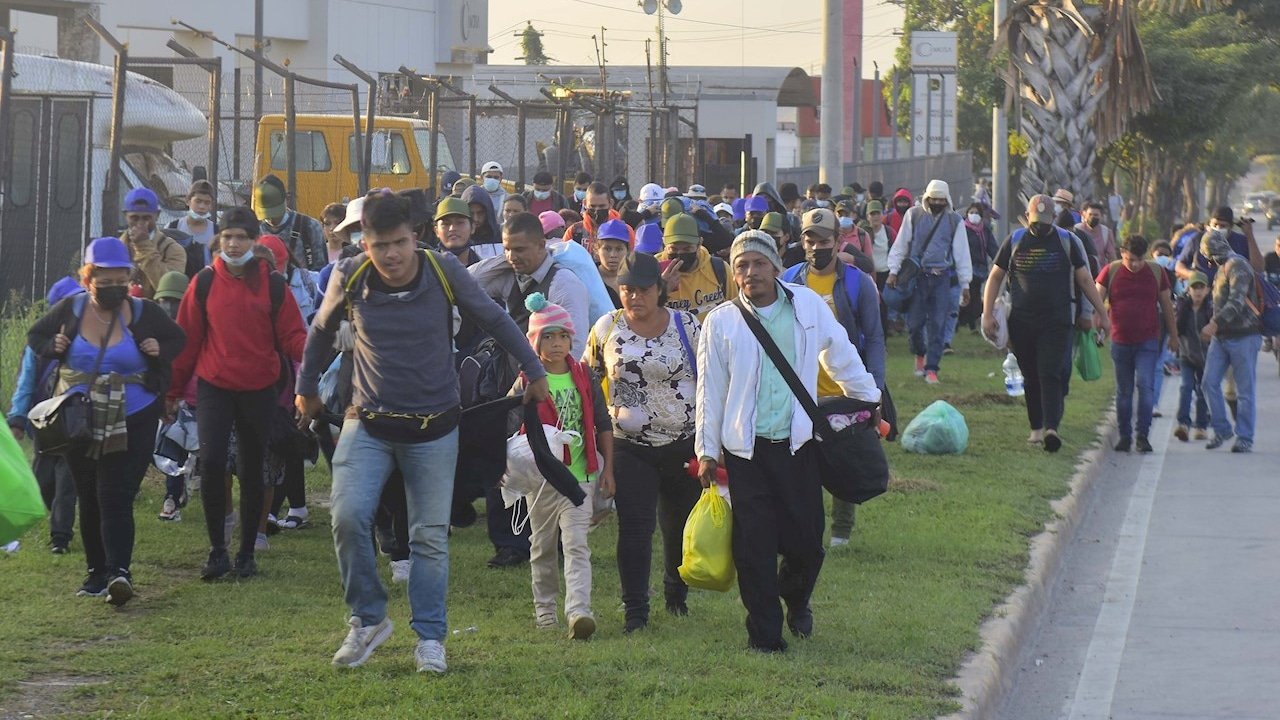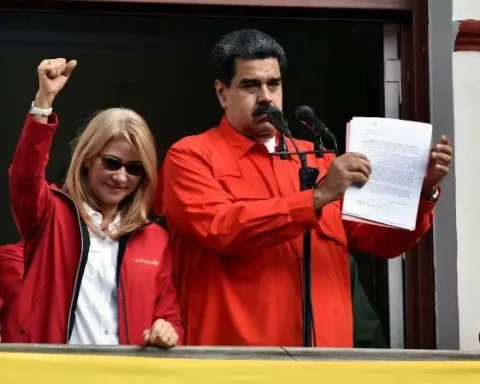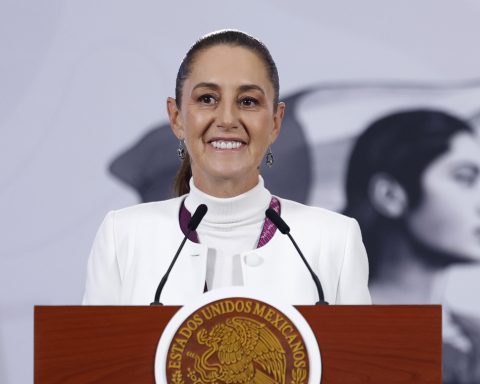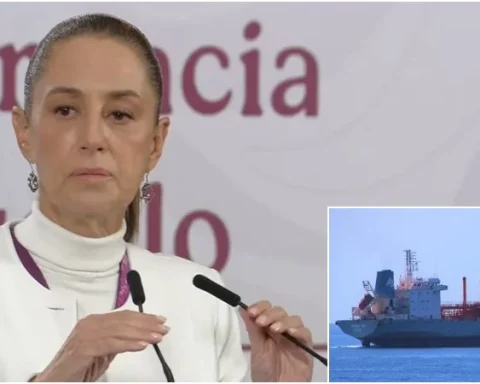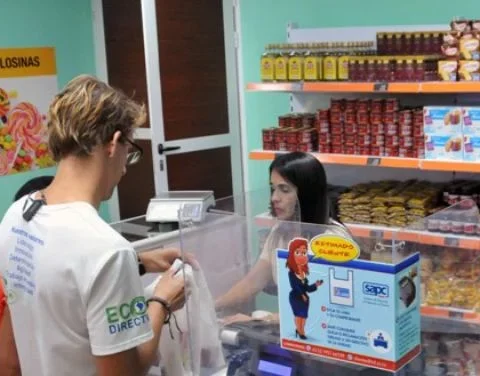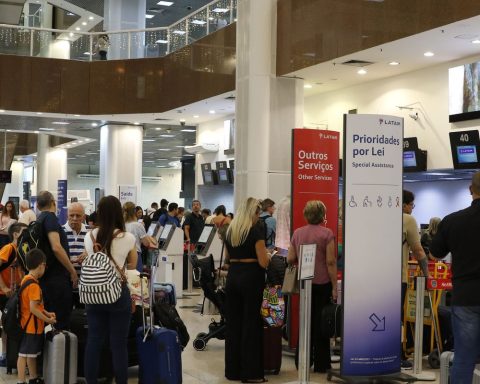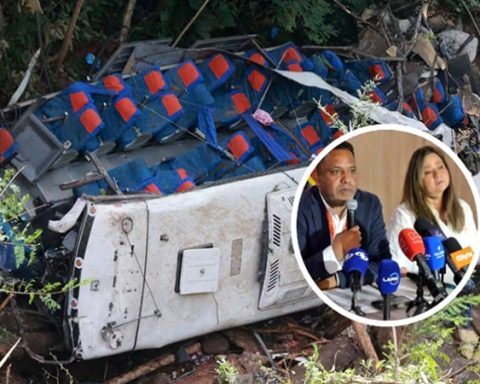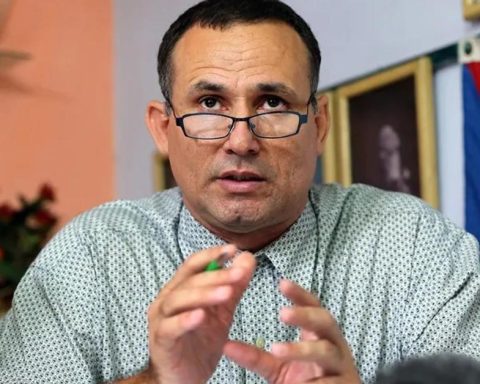The caravan with nearly 5,000 migrants that this week left Tapachula, on the Mexican border with Guatemala, broke up on Thursday after traveling just 50 kilometers. A group continues to walk north. Another, made up mostly of women and children who are left behind, tries to get some temporary Mexican document to move around the country without risk of being arrested.
In statements to the AP agency, the Venezuelan Junior Ramírez and his family of about 15 people chose to request the documents. This Thursday they waited in front of a post of the National Migration Institute, on the outskirts of Huixtla, where the caravan spent the night on Tuesday and Wednesday before dividing.
“Until now they have not told us if they are going to give them to us or not [los documentos]They already gave them to other colleagues and they left. The only thing we want is to move on,” said Ramírez, who spent Wednesday night in front of the official facilities waiting for his turn.
As explained by Luis García Villagrán, an activist from the Center for Human Dignification, which accompanies the caravan, the authorities are issuing documents that give people between 30 and 180 days to leave the country through one of the borders or to start regularization procedures. asking for shelter.
The activist added that those who get them tend to separate themselves from the group and follow the path north on their own since, in theory, they should not be detained with them.
This caravan, the largest this year, is made up mostly of Venezuelans who come from Colombia, but also by Central Americans and Caribbeans.
They left Tapachula on Monday in protest at the slowness of the procedures to be able to migrate regularly, but also to call the attention of the leaders of the continent who are meeting this week in Los Angeles at the Summit of the Americas to speak, among others. migration issues.
In recent months, the Mexican authorities have opted to deactivate other caravans, offering migrants buses and the possibility of regularizing their situation in other states.
In front of the Immigration facilities, located on the highway, a Venezuelan couple, Josué Mendoza Rojas and Josmar de Nazaret Cárdenas, tried to decide what to do: wait at Customs or catch up with the caravan in the next town.
“Everything is congested,” Mendoza said, showing the confusion that was going on and how the migrants themselves were trying to organize themselves by making lists on their own. “There are many lists, they have about 40 lists and some people are leaving like this without the paper, they say they are going to continue the march,” he said. “We still don’t know what to do.”
The couple left Venezuela two months ago. In Tapachula, where they spent a month, they asked for asylum, but they were given an appointment for August. And given the lack of resources to wait until that date, they decided to join the caravan.
Last year Mexico broke records by receiving more than 130,000 asylum applications, three times more than in 2020, when they barely exceeded 40,000, so the office that manages them is overwhelmed.
So far in 2022, according to official figures, almost 50,000 applications have already been received, 20% more than during the same period last year.
